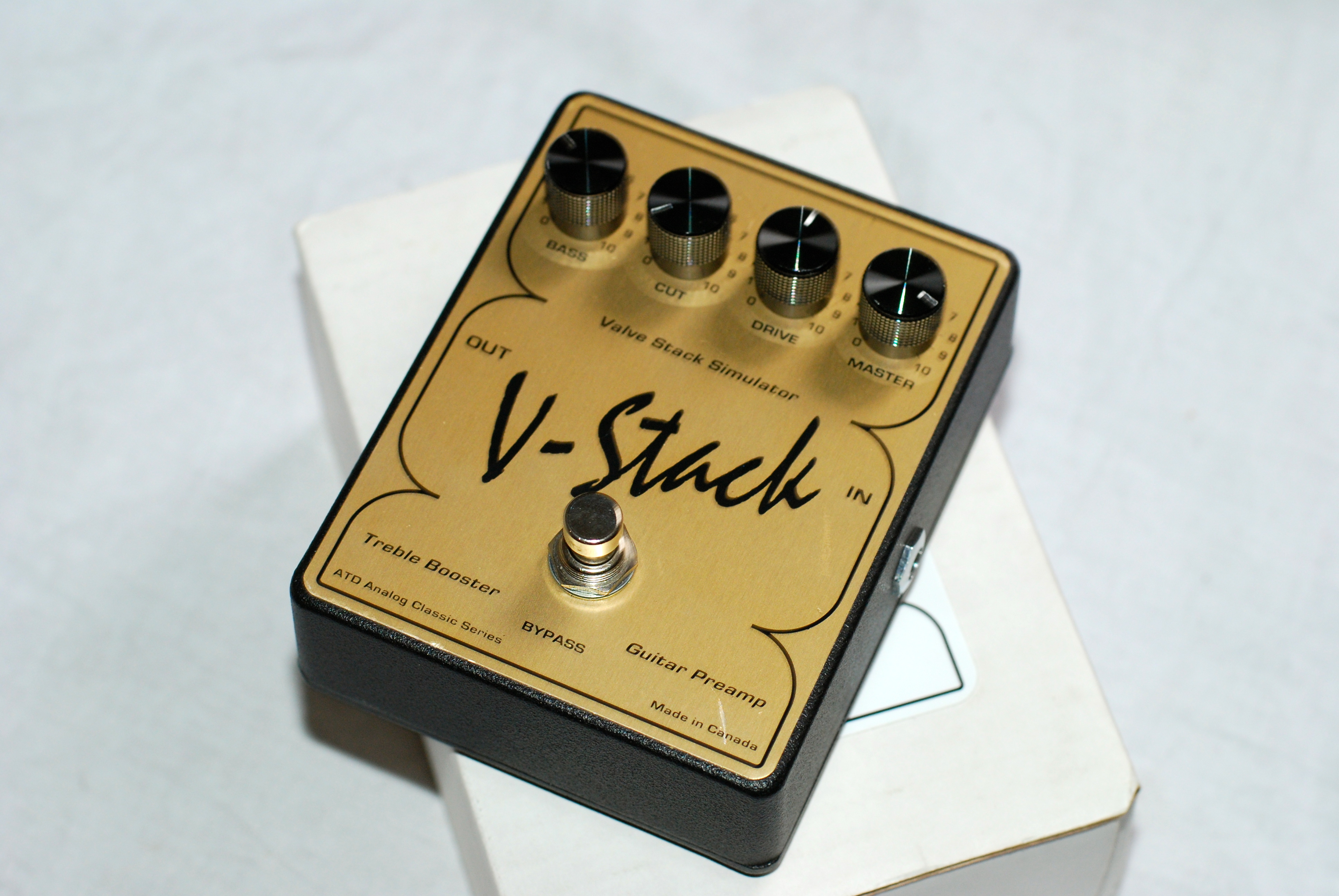

It is particularly useful when we have large list of contents inside a scrollview. I ripped everything out in my view and built it back up one by one the LazyVStack begins to stutter as soon as I put a VStack/HStack/ZStack around a simple Text element. So now that we know more about these two views, let's get started with testing them out! But just before we get started, I will be using a clean project(which I assume is obvious, since this stuff is brand new haha) for this tutorial and if you want to take a look at the source code, you can find it here. If we want to load the content into memory when we need it, we can use LazyVStack. It is particularly useful when we have large list of contents inside a scrollview. In VStack, all views are rendered and loaded in memory as soon as view is initialized and appears on screen. The stack aligns to the leading edge of the scroll view, and uses default spacing between the text views. These components are used in a similar way to regular HStack and VStack components but.

In the following example, a ScrollView contains a LazyVStack that consists of a vertical row of text views. SwiftUI 2.0 introduced the LazyHStack and LazyVStack components.

On the other hand, VStack is a little opposite with this, it loads everything. Lazy in many instance means if you are not you are not seeing it in your screen, it is not being loaded which in turn increases performances. You can take a look at the Apple docs here( LazyVGrid, LazyHGrid). If we want to load the content into memory when we need it, we can use LazyVStack. ‘Lazy’ keyword distinguishes LazyVStack from VStack. The stack is 'lazy,' in that the stack view doesn't create items until it needs to render them onscreen. LazyVStack behaviour is similar with VStack with the exception of lazy. Hello guys I started this channel talking about stacks in SwiftUI, today we will talk about another stack: LazyVStack. When using LazyVGrid the grid will grow vertically, and when using a LazyHGrid the grid will grow horizontally. To start off with, what is LazyVGrid and LazyHGrid? According to Apple, it is a container view that arranges its child views into a grid.
Vstack vs lazyvstack how to#
So, in todays tutorial, we will be going through some of the basics of how to use these two new views. I like to work with List in my apps as it provides some more functionality than just a ScrollView with a stack of content inside.
Vstack vs lazyvstack code#
Here’s the code snippet of how we configure. There is LazyVStack to work with a large amount of content inside a ScrollView and ensure good scrolling performance. Our main objective so far is to change the colour while the user is pressing on the cell.

One or two of them being LazyVGrid and LazyHGrid. Well, the reason is because of the Configuration.isPressed. Created by Vishwanath Deshmukh on 12/24/21.SwiftUI has just been updated and it has some great new features/views. LazyVStack not refreshing content size correctly for child list container view in SwiftUI // ContentView.swift


 0 kommentar(er)
0 kommentar(er)
